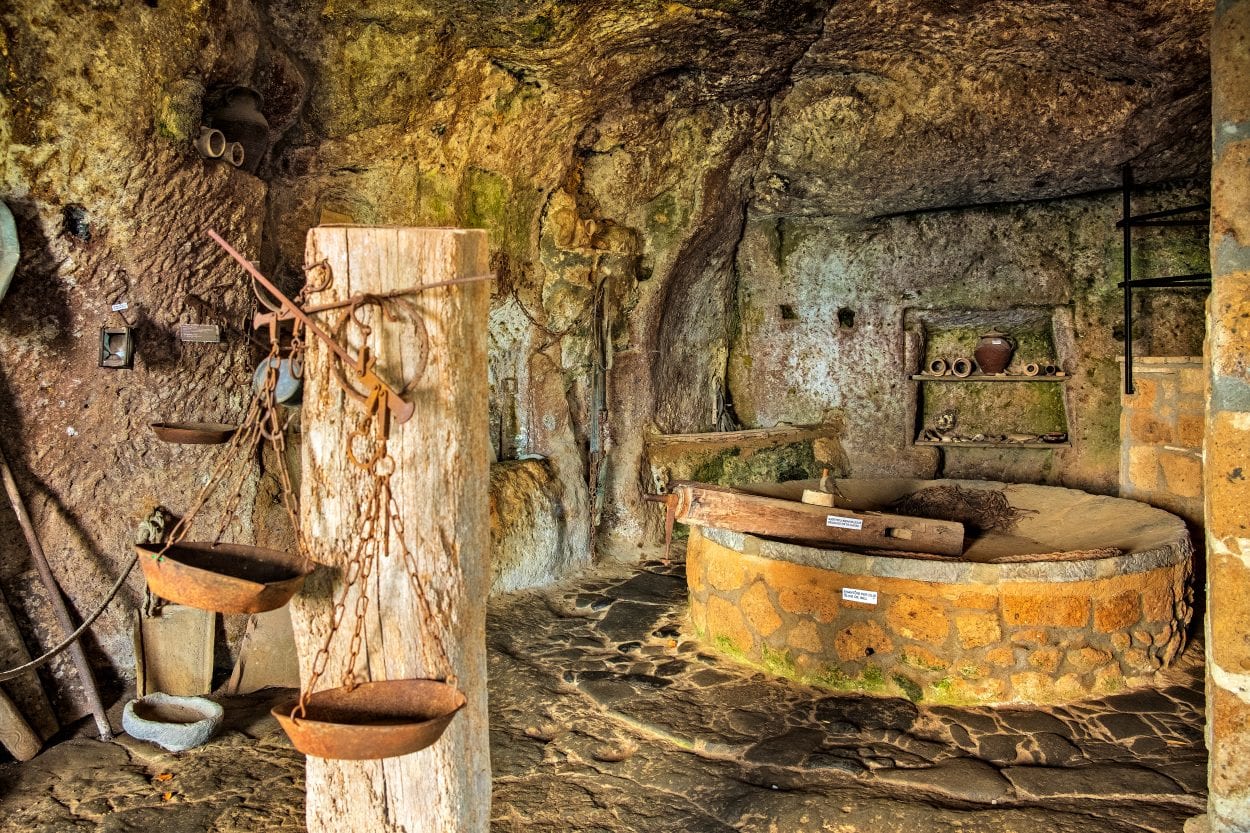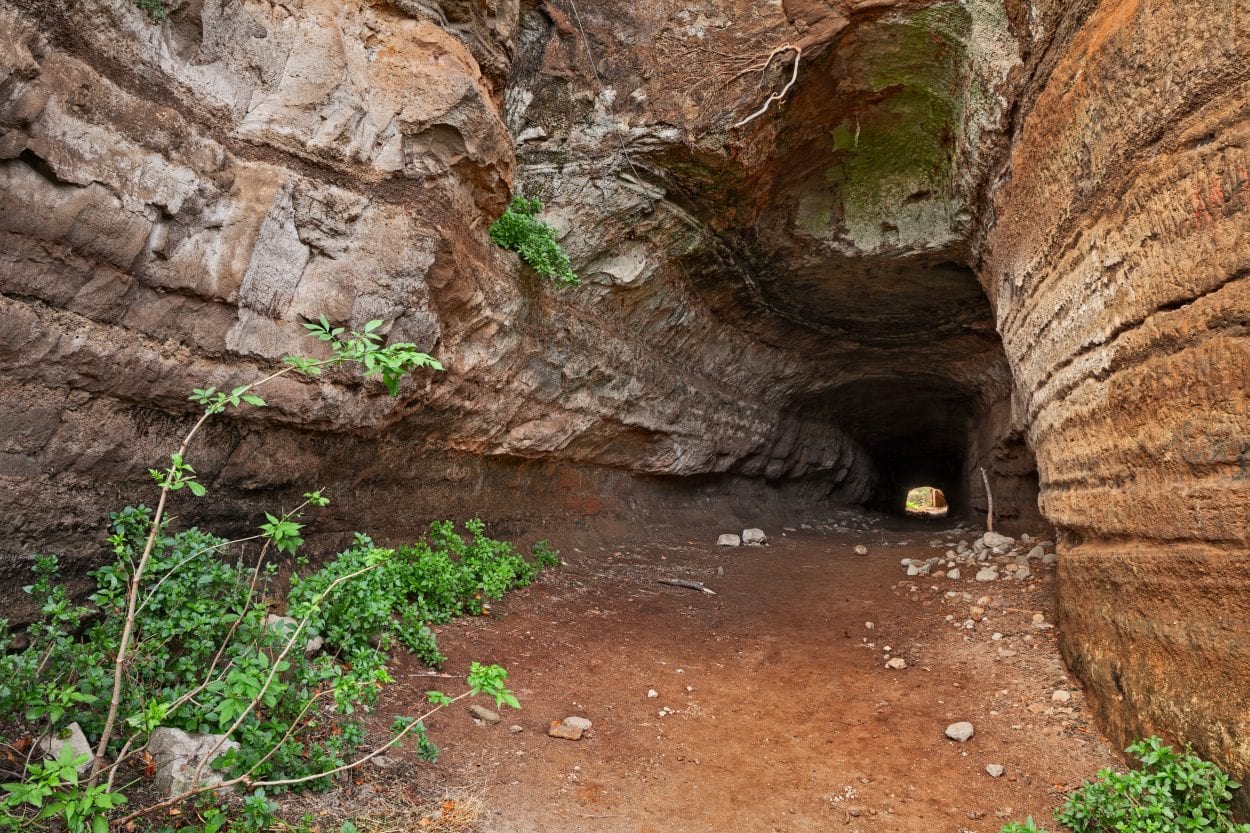Civita di Bagnoregio is a town that was founded by the Etruscan civilisation over 2,500 years in the Province of Viterbo of central Italy.
The Etruscans emerged around 900 BC during the Villanovan culture period in the Iron Age, and reached its peak territorially around 750 BC during the foundational period of the Roman Kingdom.
Over the centuries, Etruscan cities and settlements were gradually assimilated by Italic, or Iron Age ethnic groups such as the Gauls and Ligurians, before the entirety of Etruria being absorbed into the growing Roman Republic, and the Etruscans’ territory becoming part of the newly established Roman Empire in 27 BC.
The Etruscans constructed Civita di Bagnoregio on top of a plateau of friable volcanic tuff overlooking the Tiber River Valley. The town was laid out on a cardo and decumanus orthogonal street system (which is still used today in the medieval plan), and grew into a flourishing trading hub due to its favourable position along several important trade routes.
Several examples of Etruscan occupation are evident throughout the town, including: a necropolis below the Belvedere di San Francesco Vecchio, an Etruscan tomb called the cave of St Bonaventure (where it is said that Saint Francis healed the little Giovanni Fidanza, who later became Saint Bonaventure), and the Bucaione Tunnel which runs beneath the town.

Due to the unstable geology of the region, it has been dubbed the “Badlands”, as the plateau is under constant threat from collapse due to erosion and seismic activity. This has led to several Etruscan chamber tombs and structures to collapse or be destroyed by rockfalls at the base of Civita’s cliff and nearby tuff walls.
During the Early Middle Ages, much of the Italian Peninsula came under the rule of the Lombards. The Lombard king, Desiderius, named the town ‘Balneum Regio’, meaning ‘The Bath of the King’ in recognition of the therapeutic properties of a hot spring in the area.

After the region was conquered by the Franks under Charlemagne in 774 AD, Lombardy was later handed over to the Papacy and Civita di Bagnoregio became part of the Papal States.
By the 16th century, Civita di Bagnoregio was beginning to decline, becoming eclipsed by its former suburb of Bagnoregio. In the 19th century, the erosion resulted in the town appearing more like an island and became known in Italian as La città che muore (“The Dying Town”).
Today, the town has a population of only 12 permanent inhabitants, but there are still several medieval houses and rock cut dwellings, the church of San Donato, the Bishop’s Palace, the remains of the childhood home of St. Bonaventure (most of which has collapsed over a cliff), and the Alemanni Palace.
Header Image Credit : Nicola Pulham – Shutterstock





